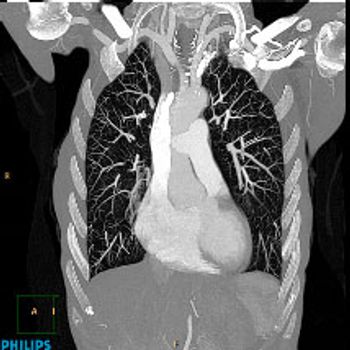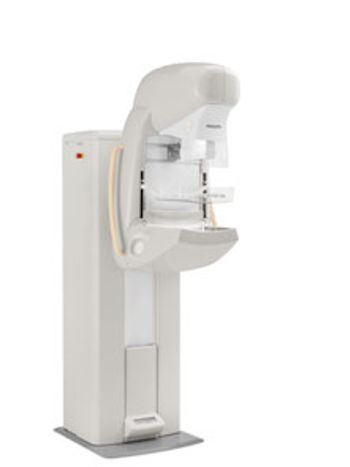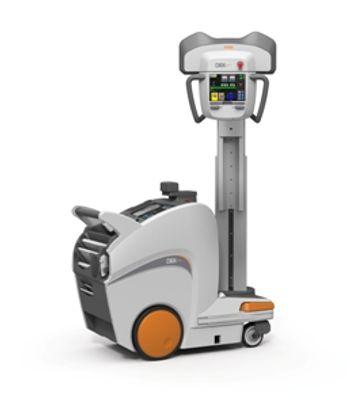
Scott Smith, director of project management, CT, Philips Healthcare, describes low-dose CT as nearly a given in the marketplace now. What’s more important is maintaining the speed and quality of the image while using iterative reconstruction to keep the dose low.




